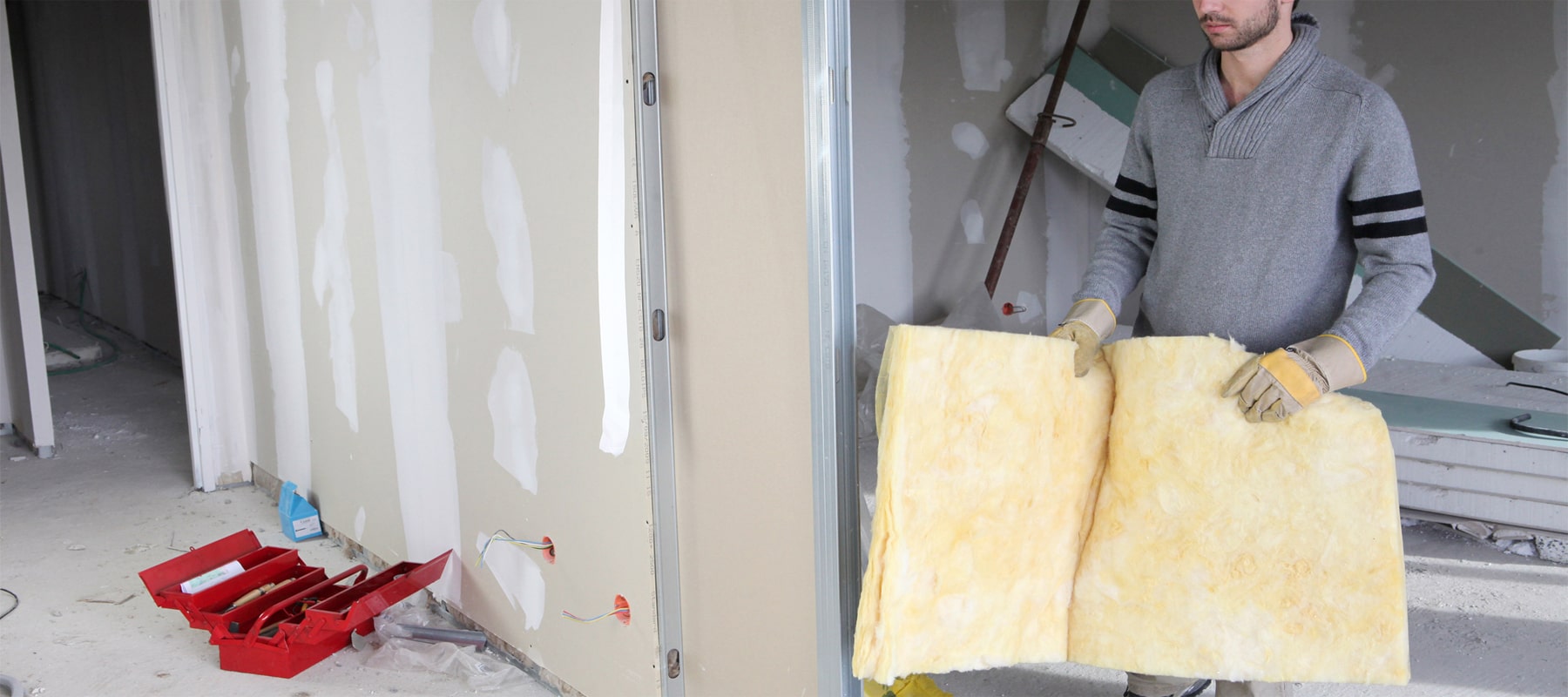Blown vs Rolled vs Spray Insulation Cost Comparison
Last Updated: October 24, 2023

Fact Checked By: Ryan Maguire
On This Page
Blown vs Rolled vs Spray Insulation Comparison #
| Insulation Type | Description | Pros | Cons | Price Range |
|---|---|---|---|---|
| Blown | Loose fill insulation that is blown into spaces using special equipment | - Good for attics, walls, and crawlspaces - Can get into cracks and gaps - Lower cost | - Messy to install - Settles over time | $1-3 per square foot |
| Rolled | Blanket batts or rolls of insulation | - Easy DIY installation - No special tools needed | - Not good for small spaces - Can leave gaps | $0.25-1 per square foot |
| Spray foam | Foam insulation sprayed in place using special equipment | - Air seals well - Works for any space - Higher R-value per inch | - Higher cost - Off-gassing concerns | $3-7 per square foot |
Additional Insulation Comparison Considerations #
Here are some additional considerations when comparing blown, rolled, and spray foam insulation:
R-value - Spray foam typically has the highest R-value per inch (R-5.5-6.5) compared to blown (R-3.5-4.5) and rolled (R-3.1-3.7). Higher R-value means better insulating performance.
Air sealing - Spray foam fully adheres and seals gaps and cracks, reducing drafts. Blown and rolled insulation may require additional air sealing.
Vapor barriers - Spray foam can act as a vapor barrier depending on type. Kraft or foil-faced batts provide vapor barriers for rolled insulation.
Density - Higher density blown cellulose or fiberglass provides better soundproofing compared to standard batts.
Processing - Blown cellulose and spray foam contain recycled materials. Fiberglass batts have concerns about sustainability of processing.
DIY vs professional - Rolled batts are the easiest to install DIY. Blown and spray foam require professional equipment and training.
Fire safety - All standard insulations must pass fire safety codes. Spray foams require special fireproofing considerations.
Toxicity - Potential health concerns exist around chemical off-gassing from spray foams. Cellulose and fiberglass are generally less toxic.
Real-World Insulation Cost Comparisons #
Here are some real-life examples of homeowners comparing blown, batt, and spray foam insulation:
John in Ohio needed to insulate his attic. He compared blown cellulose, fiberglass batts, and open-cell spray foam. He chose blown cellulose because it was the cheapest at $1 per square foot installed and it could fit into all the nooks and corners of his attic.
Mary in Minnesota was renovating her 100 year old farmhouse. She compared fiberglass batts, dense-pack cellulose, and closed-cell spray foam. She ultimately chose closed-cell spray foam at a cost of $6 per square foot because it provided the best air sealing and highest R-value per inch.
Greg in Florida compared options to insulate his crawlspace. He considered fiberglass batts, blown fiberglass, and open-cell spray foam. He chose spray foam at $3 per square foot despite the higher cost because it prevented moisture accumulation in the humid Florida climate.
Lisa in California needed to re-insulate her walls. She compared R-13 fiberglass batts, R-15 rockwool batts, and open-cell spray foam. She chose the rockwool batts at $1 per square foot because they were super easy to install and provided better fire resistance.
Mark in Maine considered spray foam, cellulose, and fiberglass to insulate his old drafty house. He ultimately chose dense-packed cellulose at $1.50 per square foot because of lower cost and ability to fill irregular spaces. The contractor also handled air sealing.
